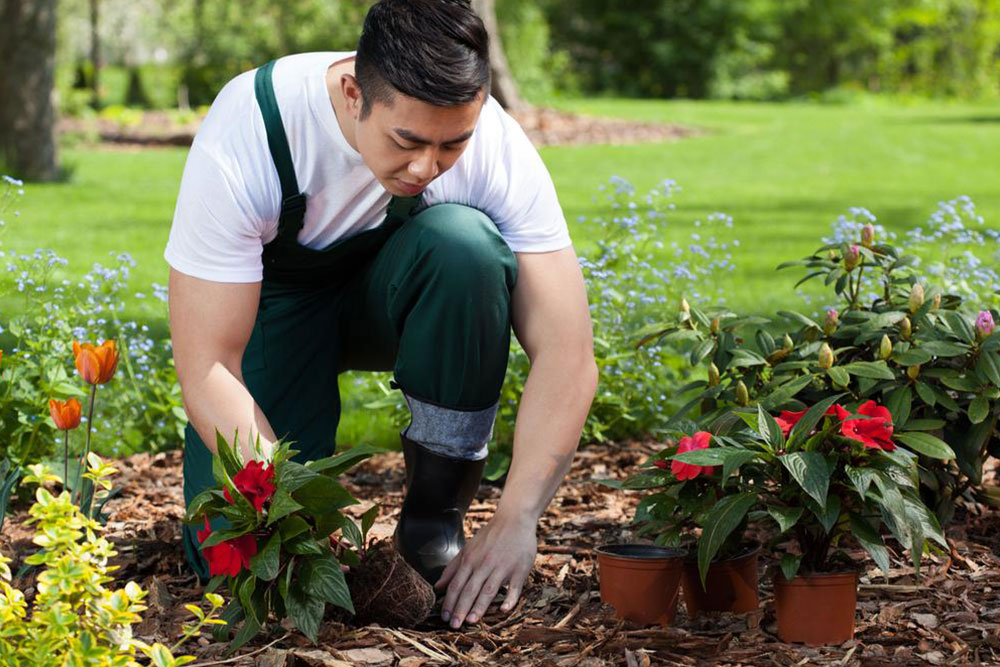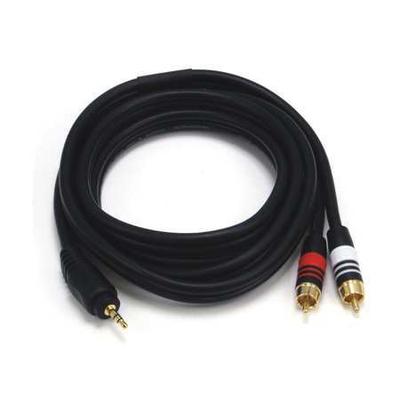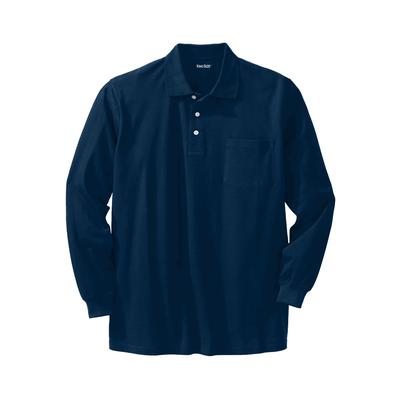Here’s what you need to know if you plan to grow flowers in your garden

“Where flowers bloom, so does hope.”
– Lady Bird Johnson
Flowers are beautiful and everybody loves then. Two major reasons for loving flowers are smell and beauty. They smell great and come in many shapes, sizes and colors. Each flower is unique in its own way and that’s what appeals to people the most.
Flowers are not just eye candy, they play an important role for the environment. For instance, bees make honey with the help of flowers. Humans use flowers for expressing emotions, decorations, and medicinal purposes as well.
If you are looking to grow flowers in your garden, you must know that flowers are also seasonal. With seasons, many things change including flowers. If you have a big event coming up, it will help if you familiarize yourself with the seasonal flowers that will be abundantly available during your event.
Knowing what flowers grow in which season will help you save a lot of money as flowers that are off season cost more than the ones that are in season.
Spring flowers
(late winter)
Season that follows winter and precedes summer. Flowers that grow in spring are Winter Aconite (also know as Eranthis); Witch Hazel; Crocus; Hellebore (commonly known as Christmas rose and Lenten rose); Camellia; Snowdrop; Chionodoxa; Pansy.
(early spring)
Daffodil; Iris Reticulata; Forsthia; Scilla; Pussy Willow.
(mid-spring)
Daffodil; Tulip; Muscari; Dogwood trees; Redbud trees; Mongolia tree; Trillium; Hyacinths; Primrose
(late spring)
Lily of the valley; Mangolia tree; Lilac; Spiraea; Peonies; Allium; Wood Anemone; Jack in the Pulpit.
Summer Flowers
Gloriosa Daisy; Coreopsis; Dahlia; Marigolds; Yarrow; Beardtongue; Pineapple Lily; Oxalis; Gloriosa Lily; Surprise Lily; Gaillardia; Peonies; Daffodils; Daylily; Zinnia; Plumeria; Bougainvillea; Lavender; Sunflower; Periwinkle; Shrub Roses; Aster; Hibiscus; Scarlet Sage; Shasta Daisy; Aster; Rose
Fall flowers
Crocus; Dahila; Nerine; Sternbergia; Cyclamen hederifolium; Gladiolus murielae; Begonia; Cyclamen coum; Snowdrop; Winter aconite; Heather; Heliposis; Iberis; Asters; Pansy; Sedum; Ornamental grasses.
Winter Flowers
Sweet Alyssum;Calendula; Honeywort; Sweet Pea; Winter-Flowering Perennials; Pansies and Violets; Pinks; Winter Jasmine; Winter Honeysuckle; Snowdrops; Hollies; Firethorn; Chokeberry.
Some of the perennial flowers that are easygoing and long-lived are listed below. Plant them in fall or spring when temperature is cold as it helps them get a healthy start. These flowers are: Peruvian lily; Sweet pea; Snow Princess; Aster; Catmint; Coneflower; Coreopsis; Euphorbia; Forget me not (Mysotis Sylvatica); Gaillardia; Gaura; Geum chiloense; Gloriosa daisy; Heuchera; Lavender; Salvia leucantha.
Recent Articles
Recent Questions
What kind of life insurance builds cash value?
The rest of the premium payment will go toward your policy's cash value. The life insurance company generally invests this money in a conservative-yield investment. As you continue to pay premiums on the policy and earn more interest, the cash value grows over the years.
What is meant by insurance plans?
An insurance plan is the one that consists of a premium amount and other components used in getting a product insured. There may be various types of insurance plans with varying terms and policies.
What are the common components of insurance?
The most important components of most insurance plans are the premium and the contract. Anything written in the contract becomes its crucial component.
What are the various types of insurance policies?
There are various kinds on insurance policies that are available on various assets. Auto, health, commercial vehicle, and travel insurance are some of the popular types of insurance policies.








